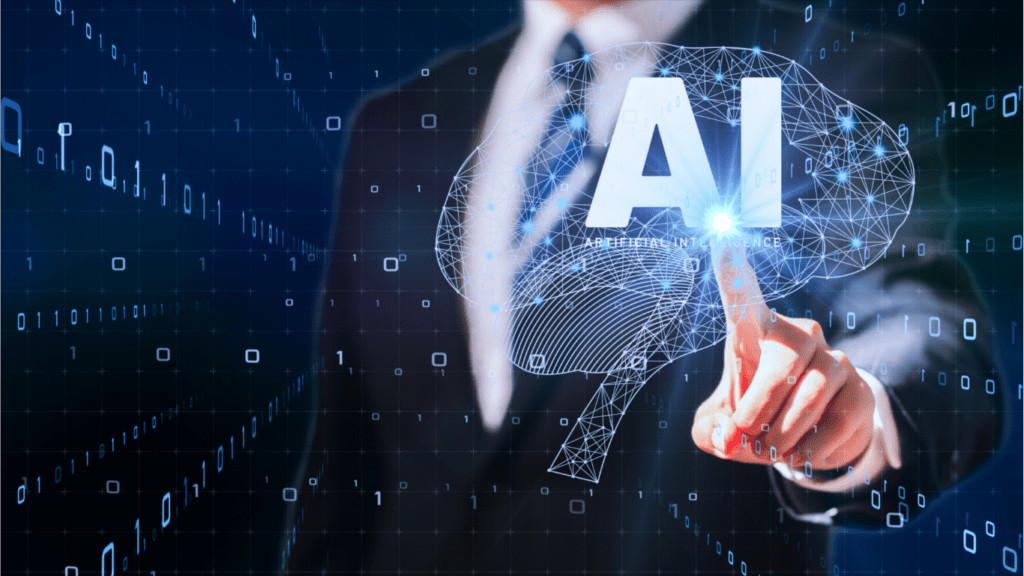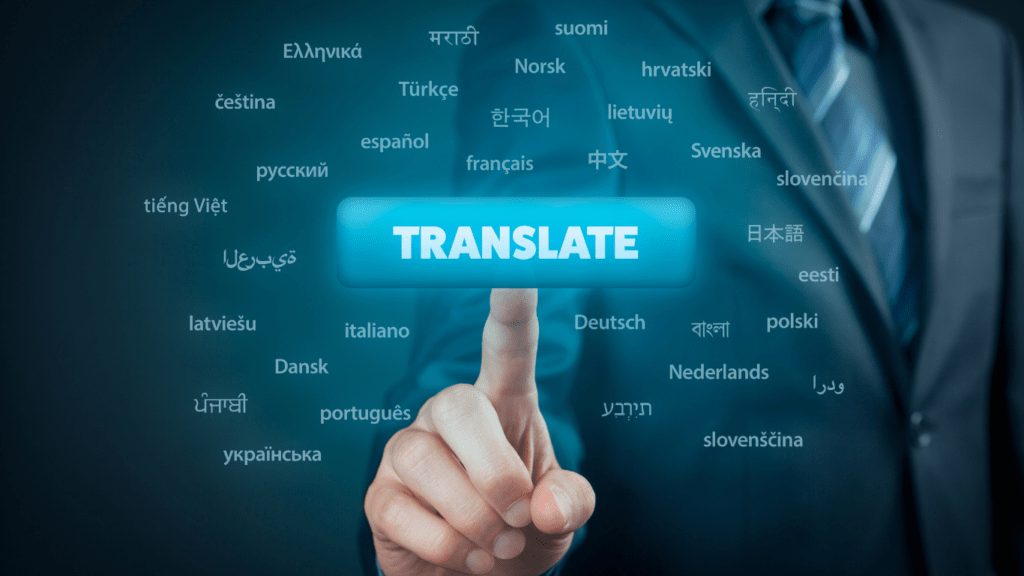AI-powered tools are transforming the way we approach work and communication, and it’s happening faster than ever. From streamlining workflows to crafting personalized messages, these tools are reshaping industries and redefining productivity. It’s not just about automation—it’s about unlocking possibilities we couldn’t have imagined a decade ago.
The Rise Of AI-Powered Tools
AI-powered tools are transforming industries by offering tailored solutions to complex problems. These tools use machine learning, natural language processing, and predictive analytics to streamline workflows and deliver more precise outcomes. From project management platforms like Asana AI integrations to customer service chatbots like ChatGPT, businesses are leveraging AI to optimize efficiency.
Automation is a key driver behind their adoption. Repetitive tasks like:
- data entry
- email sorting
- basic scheduling
are now managed by tools like Zapier and Google AI, freeing professionals to focus on strategic responsibilities. This shift not only reduces errors but also improves task execution speed.
Communication has evolved through AI-powered platforms. Tools like Grammarly and Otter.ai are enhancing written and verbal exchanges by improving accuracy and accessibility. For instance, Grammarly assists with grammar corrections, while Otter.ai generates real-time meeting transcriptions.
Adaptability is another strength of these tools, with AI applications customizing user experiences based on behavior and preferences. Platforms like LinkedIn leverage AI to recommend job opportunities and industry content aligned with individual interests.
AI-powered tools continue to redefine how professionals manage tasks, improve workflows, and communicate effectively in dynamic environments.
Transforming The Workplace
AI-powered tools are disrupting traditional work environments by automating processes and facilitating smarter communication. These innovations are altering daily operations, boosting productivity, and introducing new dynamics to workplace roles.
Streamlining Tasks And Increasing Efficiency
AI simplifies repetitive tasks, eliminating manual effort and saving time. Tools like robotic process automation handle data entry and invoice processing with precision. In marketing, content generation platforms create and optimize digital assets rapidly. By automating administrative tasks, employees focus on strategic work, increasing overall output. For instance, AI-scheduling assistants, like Calendly, manage meeting logistics seamlessly, enhancing agility in fast-paced settings.
Enhancing Decision-Making And Collaboration
AI accelerates data analysis, delivering actionable insights to improve decision-making processes. Predictive analytics platforms, such as Tableau, analyze patterns for informed planning. Collaboration tools, like Slack’s AI features, enhance communication by suggesting responses and organizing information contextually. AI also bridges language barriers with real-time translation software, improving teamwork in global settings.
Impact On Job Roles And Responsibilities
The integration of AI is reshaping roles by shifting focus from routine duties to tasks requiring creativity and critical thinking. Customer service representatives, for example, now coordinate with AI chatbots that handle basic inquiries, freeing them to address complex issues. New roles, like AI trainers and data curators, have emerged, emphasizing the importance of human oversight in AI functions. This shift highlights the evolving blend of human-AI collaboration across professions.
Revolutionizing Communication
AI-powered tools are transforming communication by enhancing clarity, speed, and accessibility. From breaking language barriers to tailoring messages for diverse audiences, these tools redefine how we connect professionally and personally.
AI In Real-Time Translation And Language Processing

Real-time translation tools powered by AI enable seamless multilingual communication. Platforms like Google Translate and Microsoft Translator accurately convert spoken or written text between languages, supporting diverse global teams. Advanced natural language processing (NLP) also improves grammar, tone, and readability in professional communication. For example, AI-driven editing tools such as Grammarly provide suggestions that ensure email clarity and correctness while respecting cultural nuances.
Personalization And Audience Engagement
- AI customizes communication by analyzing user preferences and delivering tailored content for better engagement.
- Marketing teams use AI algorithms to create personalized email campaigns based on recipients’ behaviors, improving click-through rates.
- Chatbots like Intercom engage users by providing relevant, real-time responses to inquiries, fostering customer satisfaction.
- These personalized interactions streamline messaging and build stronger connections with audiences across industries.
Automation Of Routine Communication Tasks
Routine communication tasks, such as email sorting and meeting scheduling, are now automated through AI tools. Assistants like Microsoft Cortana and Gmail’s Smart Reply suggest context-specific responses, speeding up correspondence. Calendar management platforms such as Calendly automate scheduling, reducing back-and-forth exchanges. These innovations save time and allow professionals to direct their efforts toward strategic communication objectives.
Challenges And Ethical Considerations
AI-powered tools introduce significant challenges, particularly regarding ethical implications and responsible use. Addressing these concerns is critical to ensure technology fosters trust and inclusivity in professional and personal interactions.
Privacy And Data Security Concerns
AI-powered tools rely on vast amounts of data to function effectively. Handling sensitive information like financial records or personal conversations raises serious privacy and security issues. Unauthorized access, data breaches, and improper usage of information become potential risks in such environments. For example, AI-driven chatbots and virtual assistants often store user input, which, if not secured, could lead to unintended exposure. Organizations deploying AI tools must prioritize robust encryption, secure storage systems, and compliance with regulations such as GDPR and CCPA to minimize vulnerabilities.
Mitigating Bias And Ensuring Fairness
AI models often reflect biases embedded in their training data. If not addressed, this bias can lead to unfair outcomes, like discriminatory hiring practices or inaccurate loan approvals. For instance, AI-powered recruitment platforms have historically favored specific demographics when trained on biased datasets. Ensuring fairness involves diversifying data sources, continuously monitoring for biased outputs, and applying algorithmic corrections. Human oversight remains essential to audit and refine AI systems, promoting equity and reducing unintended disparities. Transparency in how decisions are made further strengthens trust in AI-driven processes.



